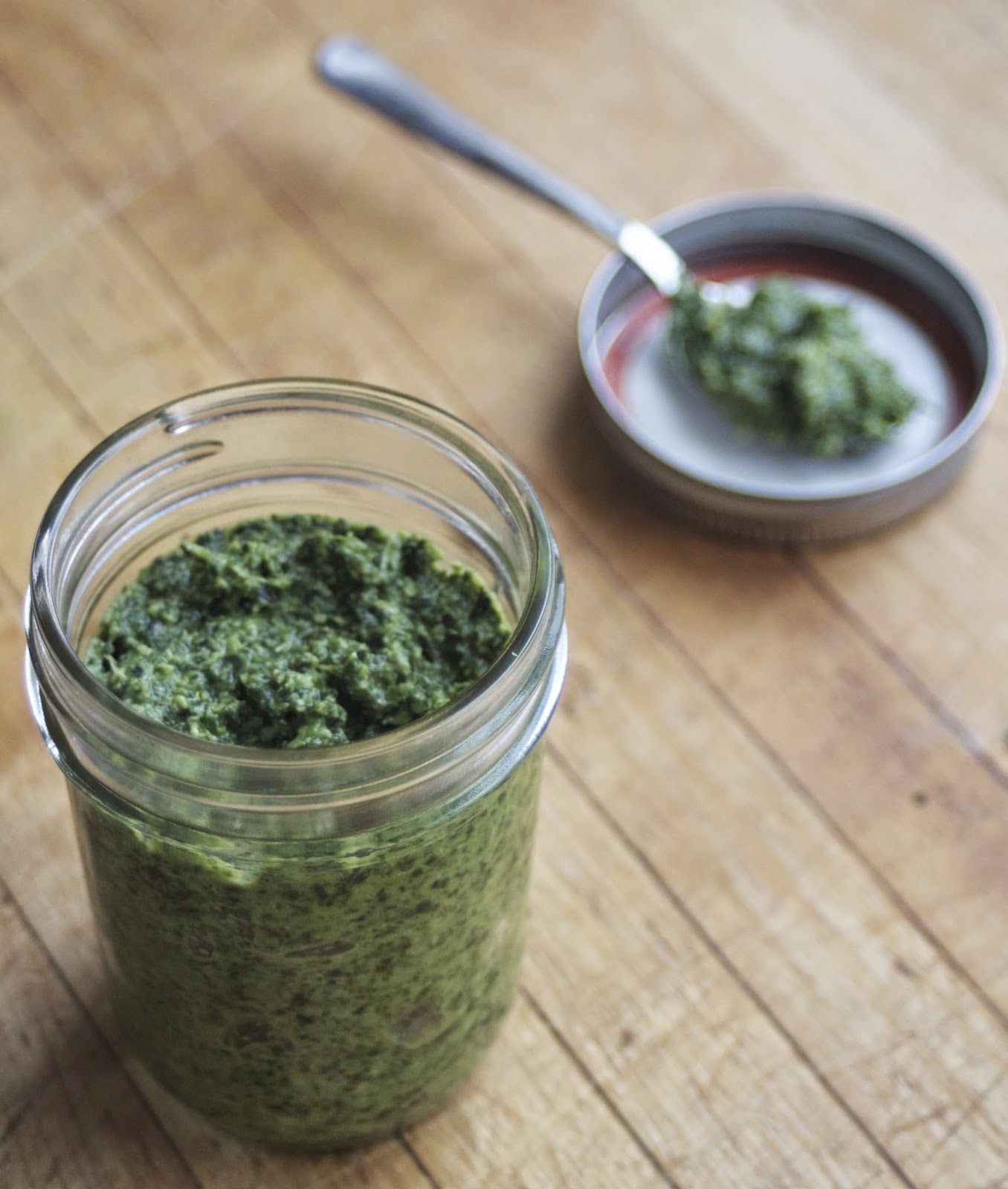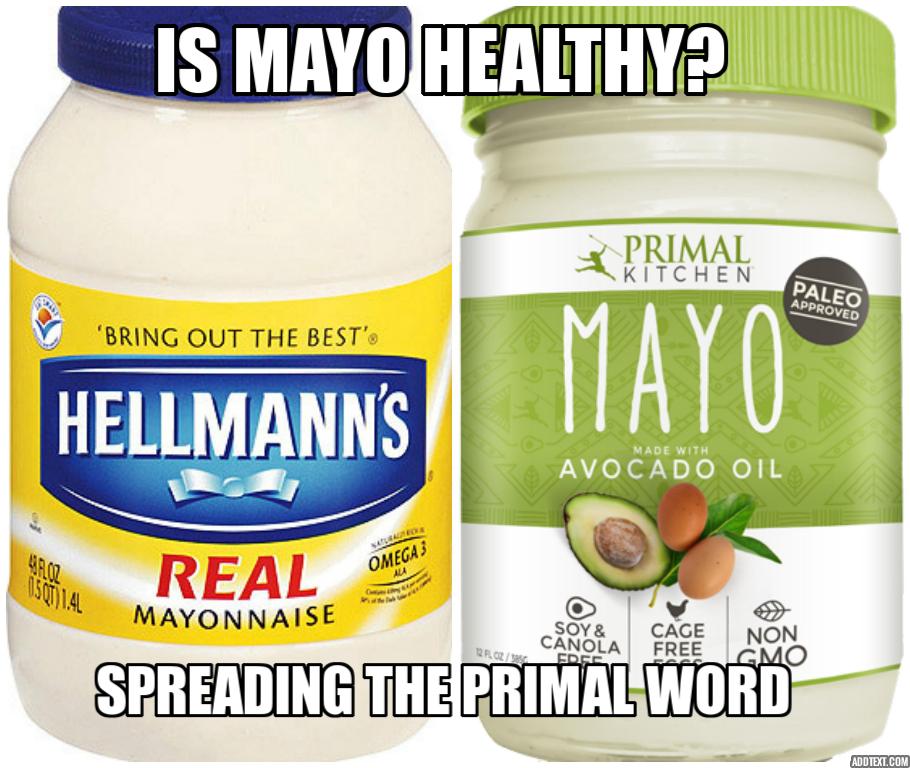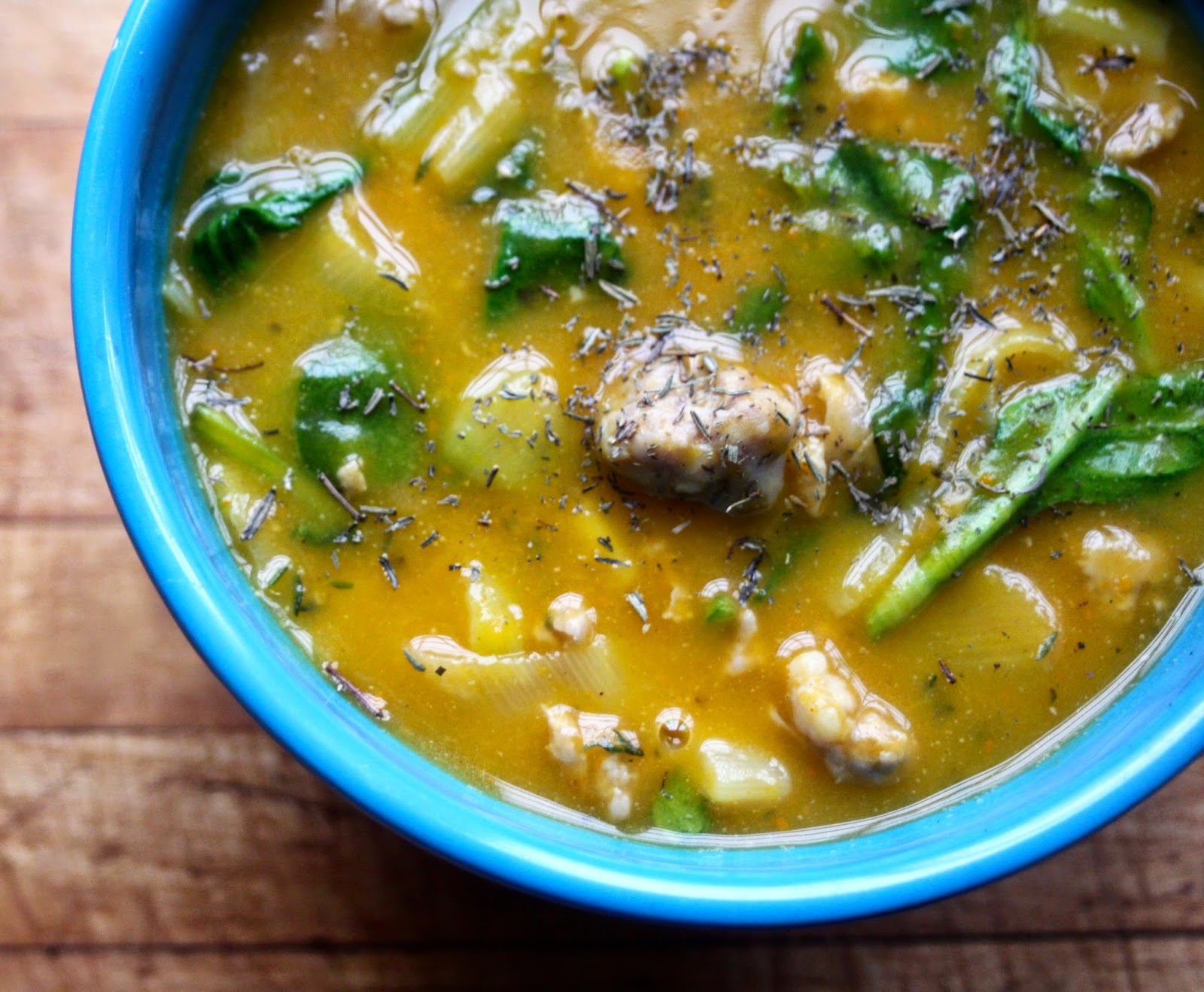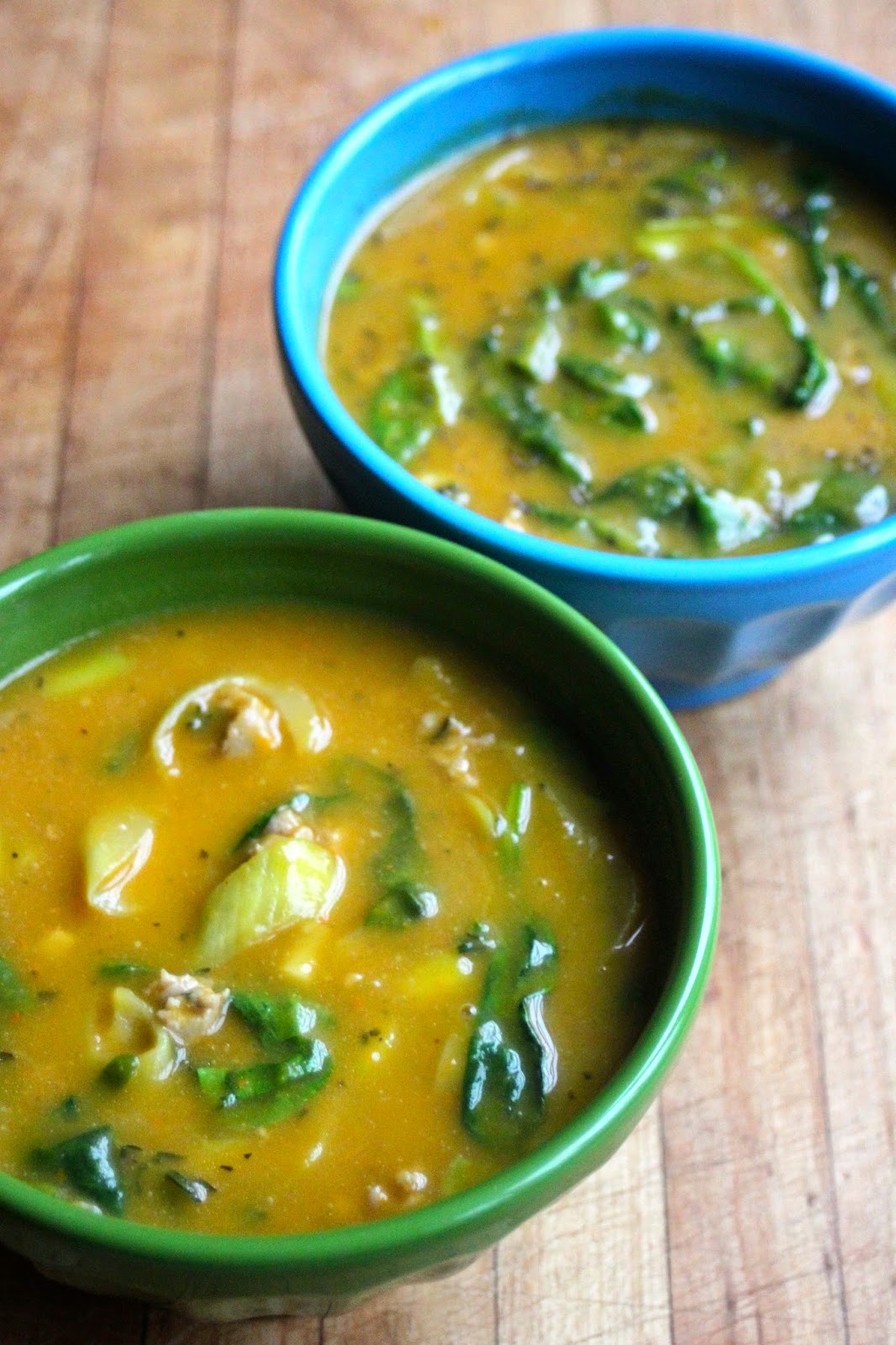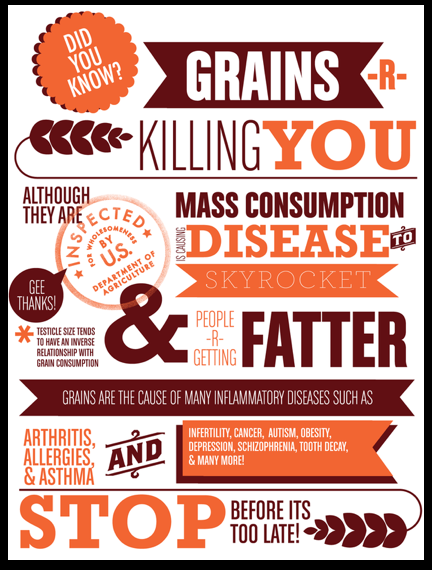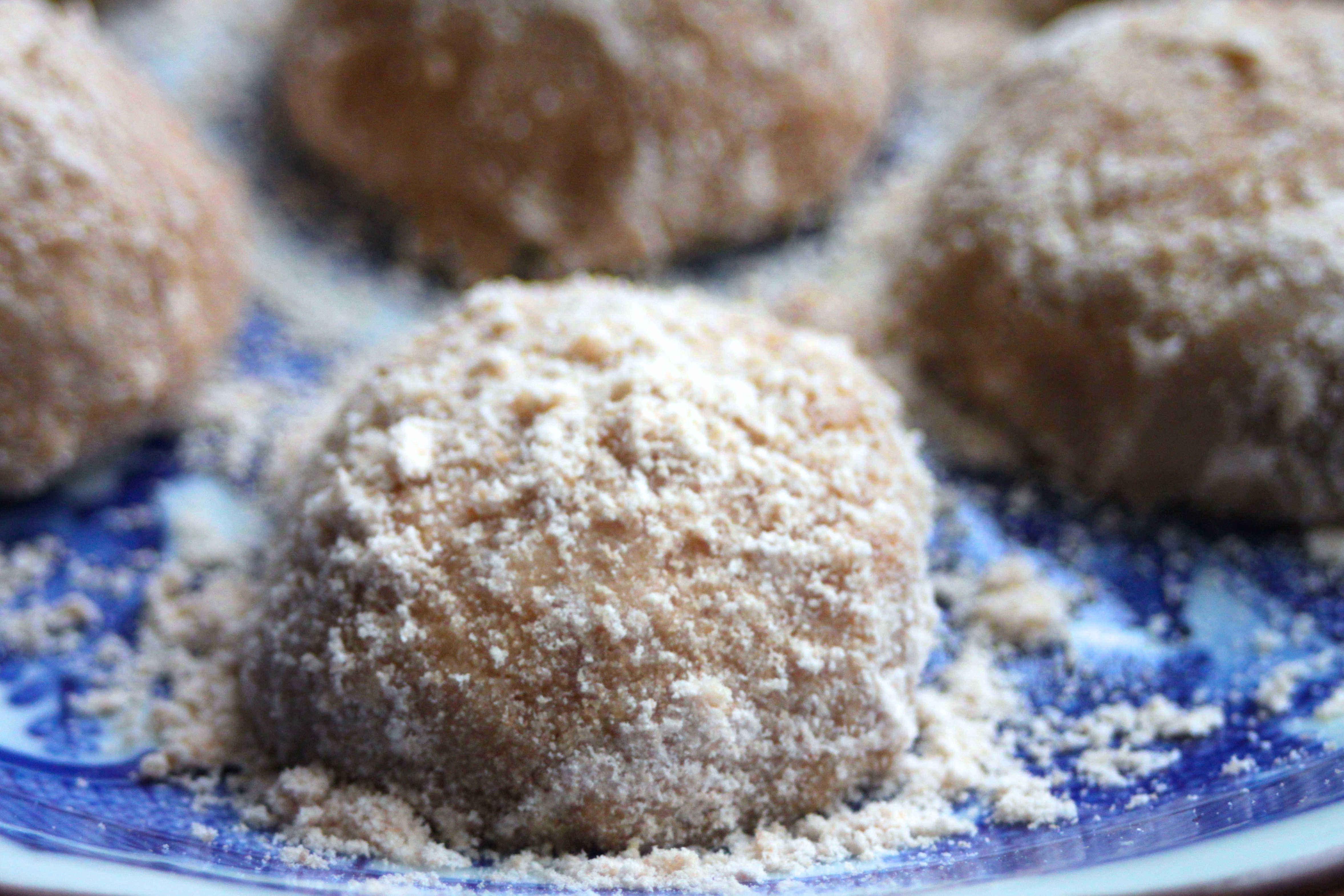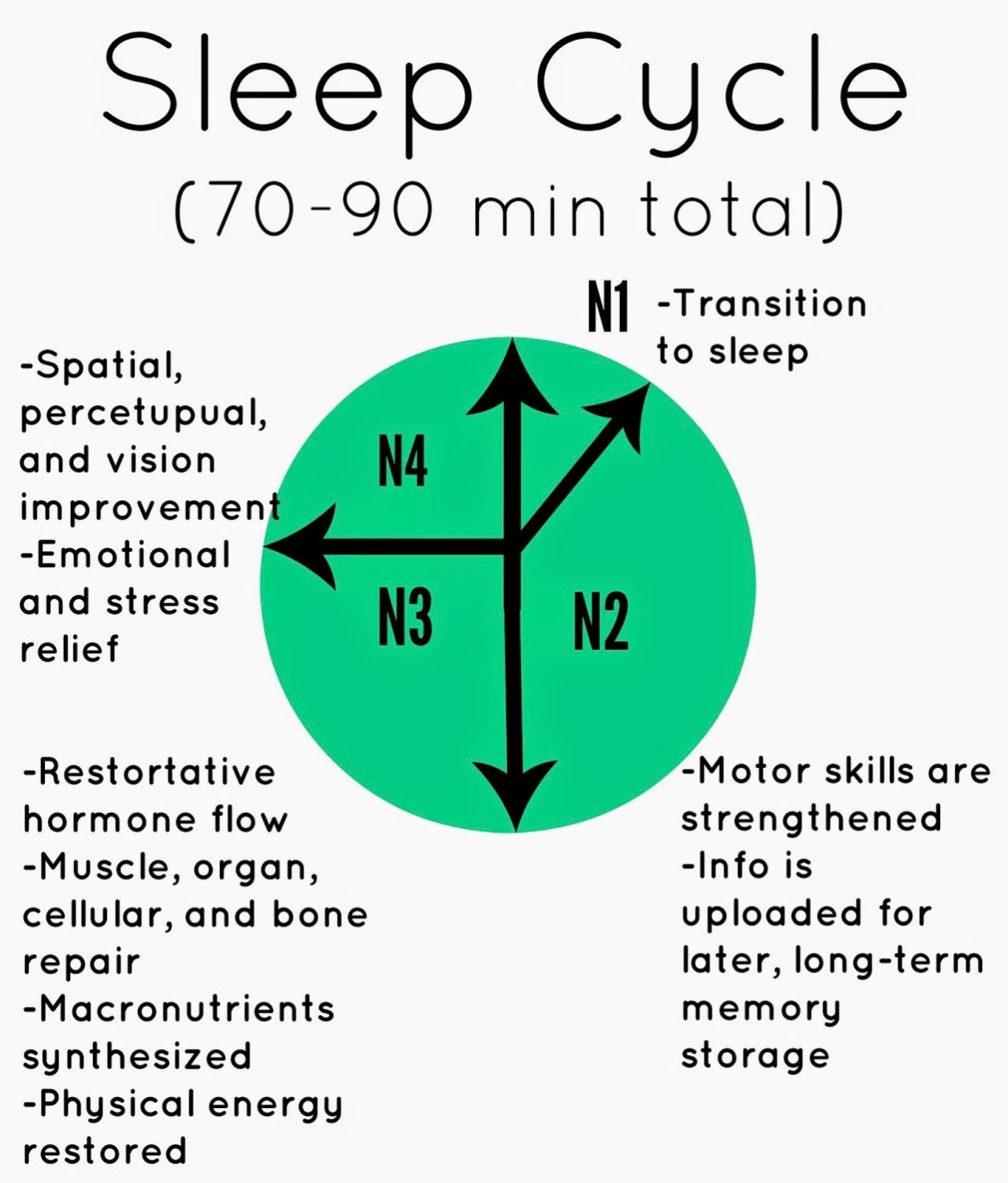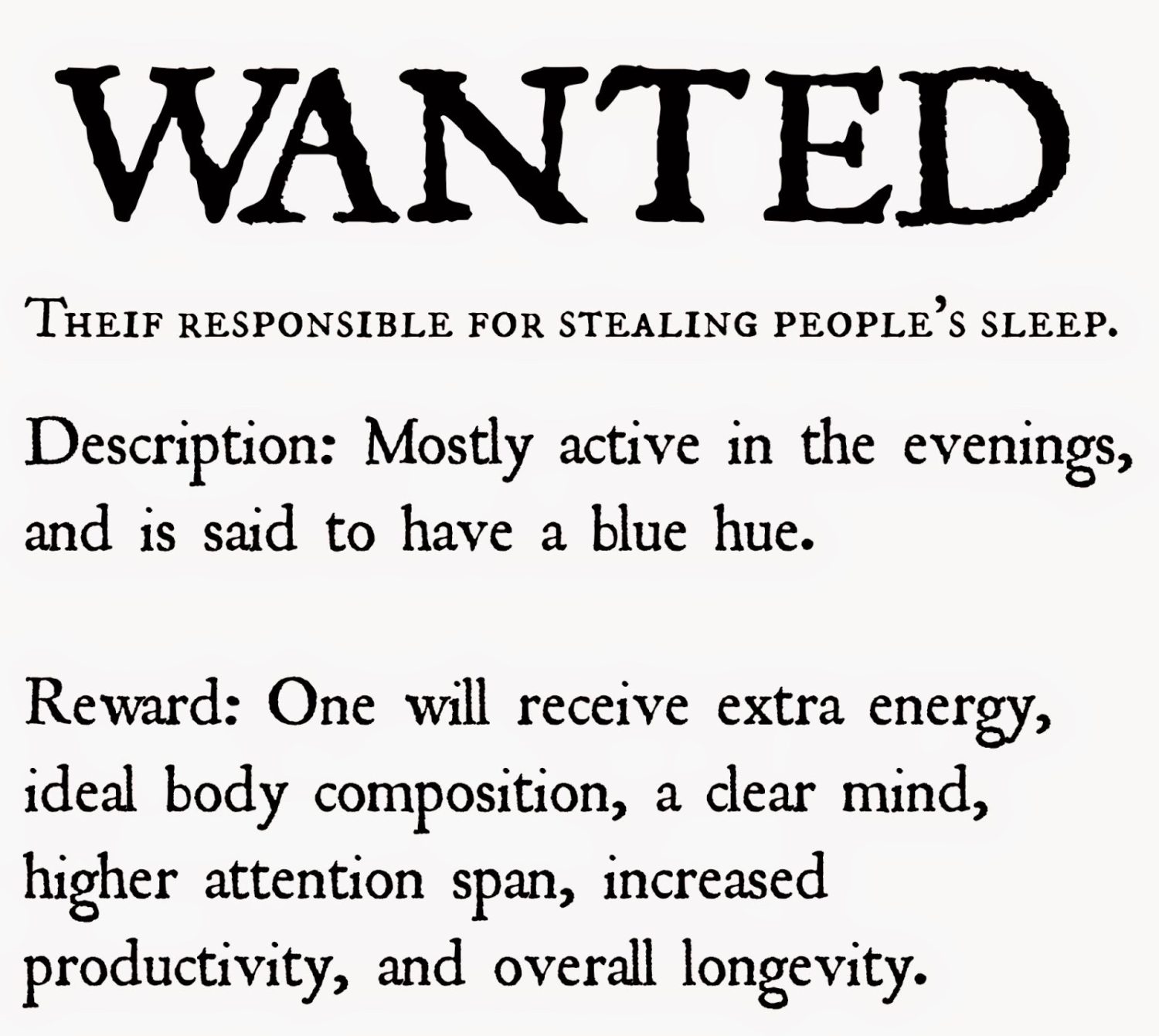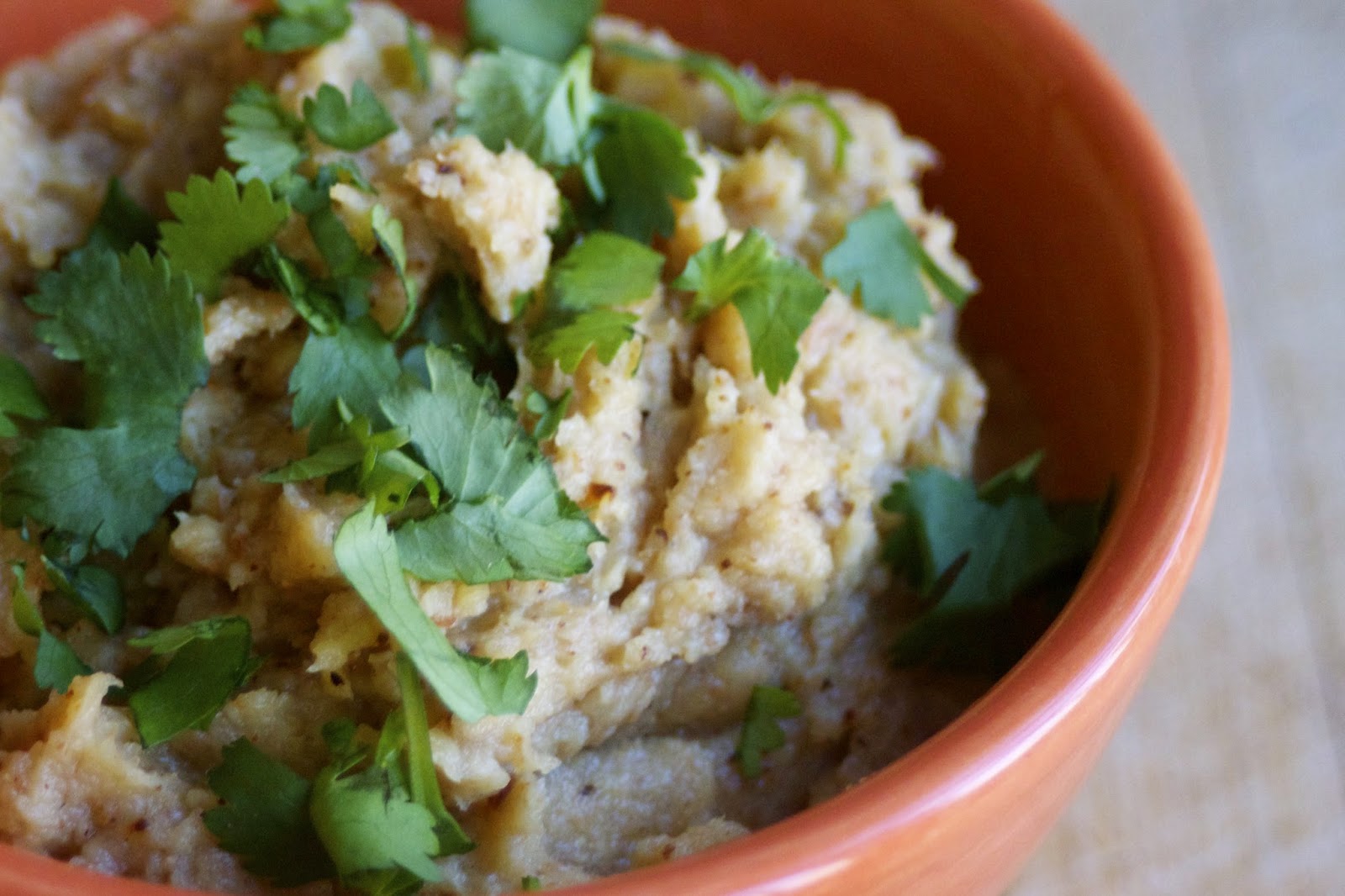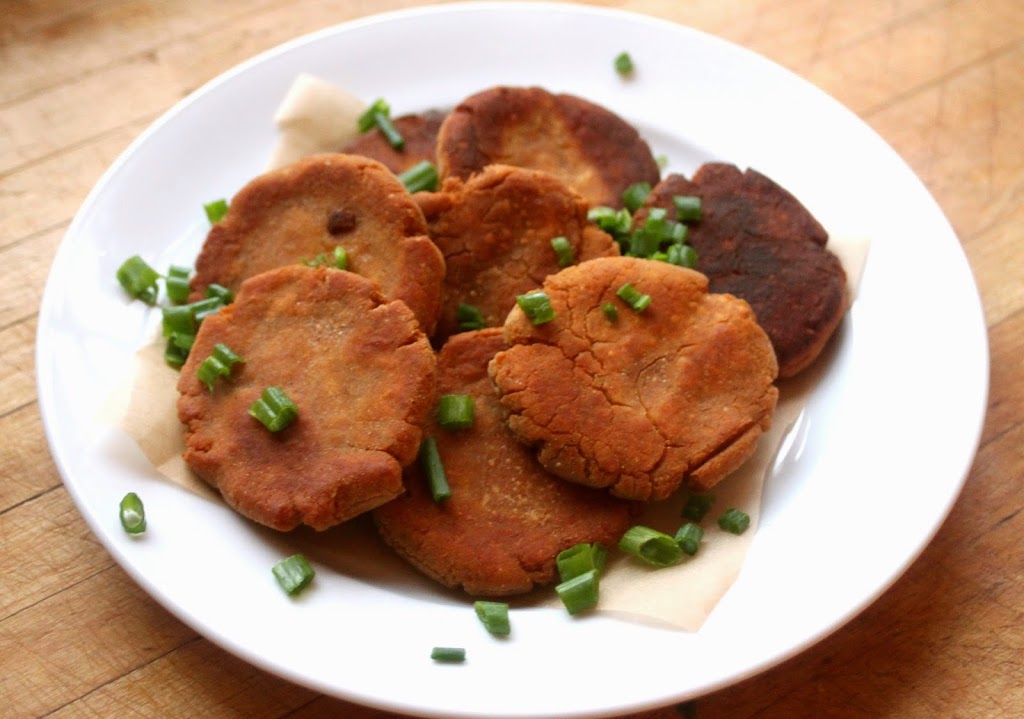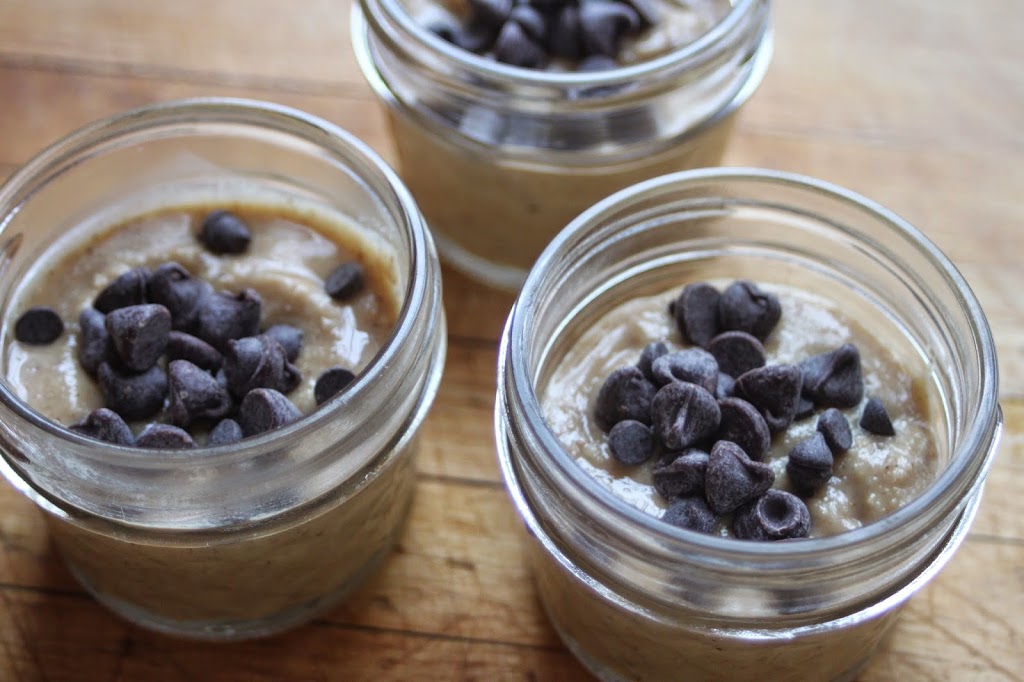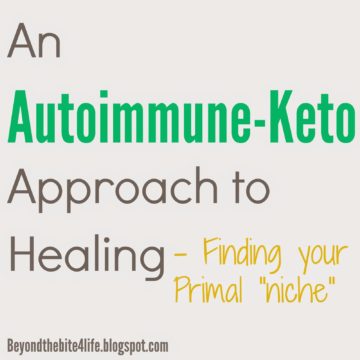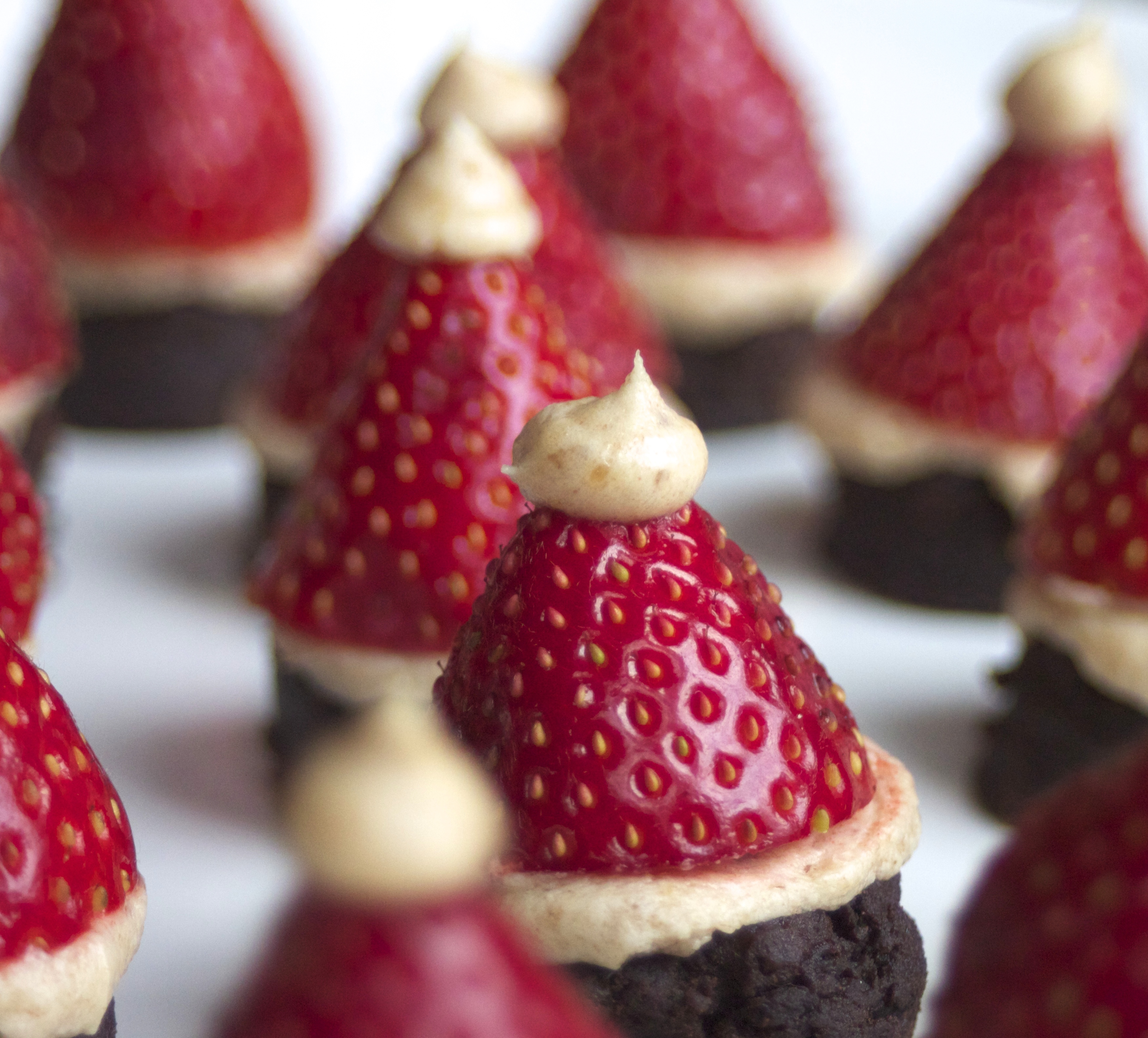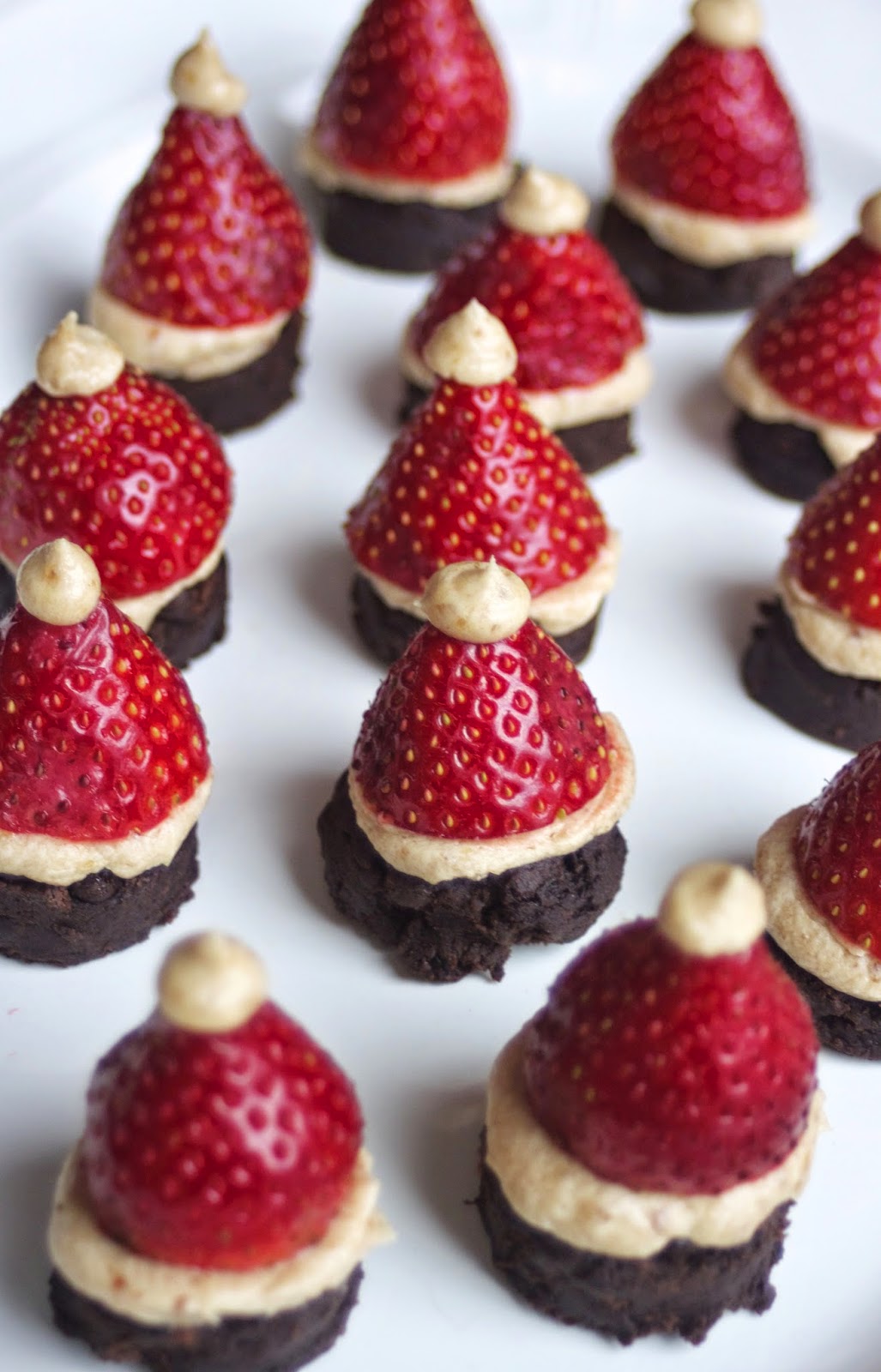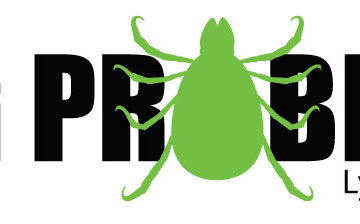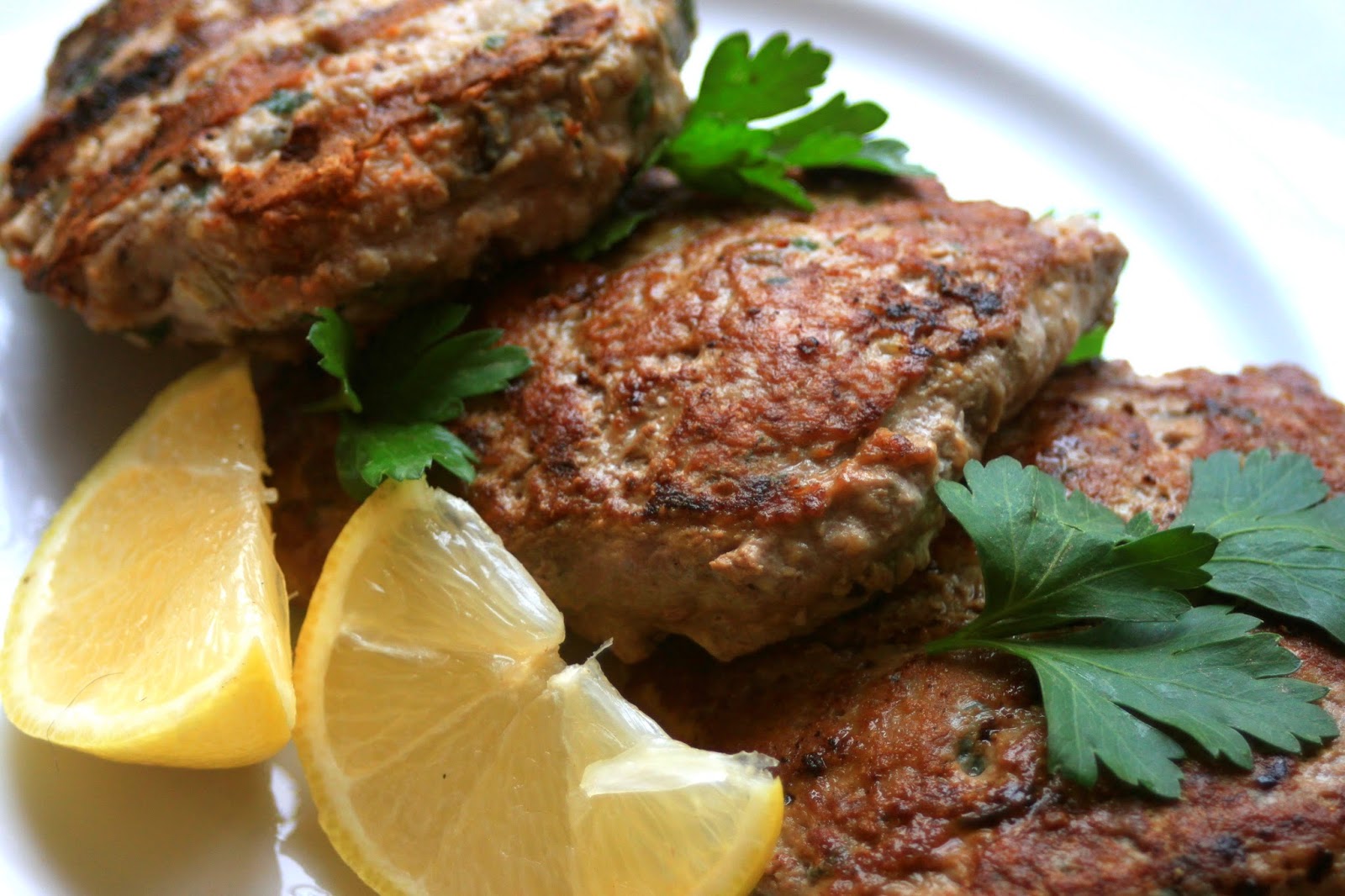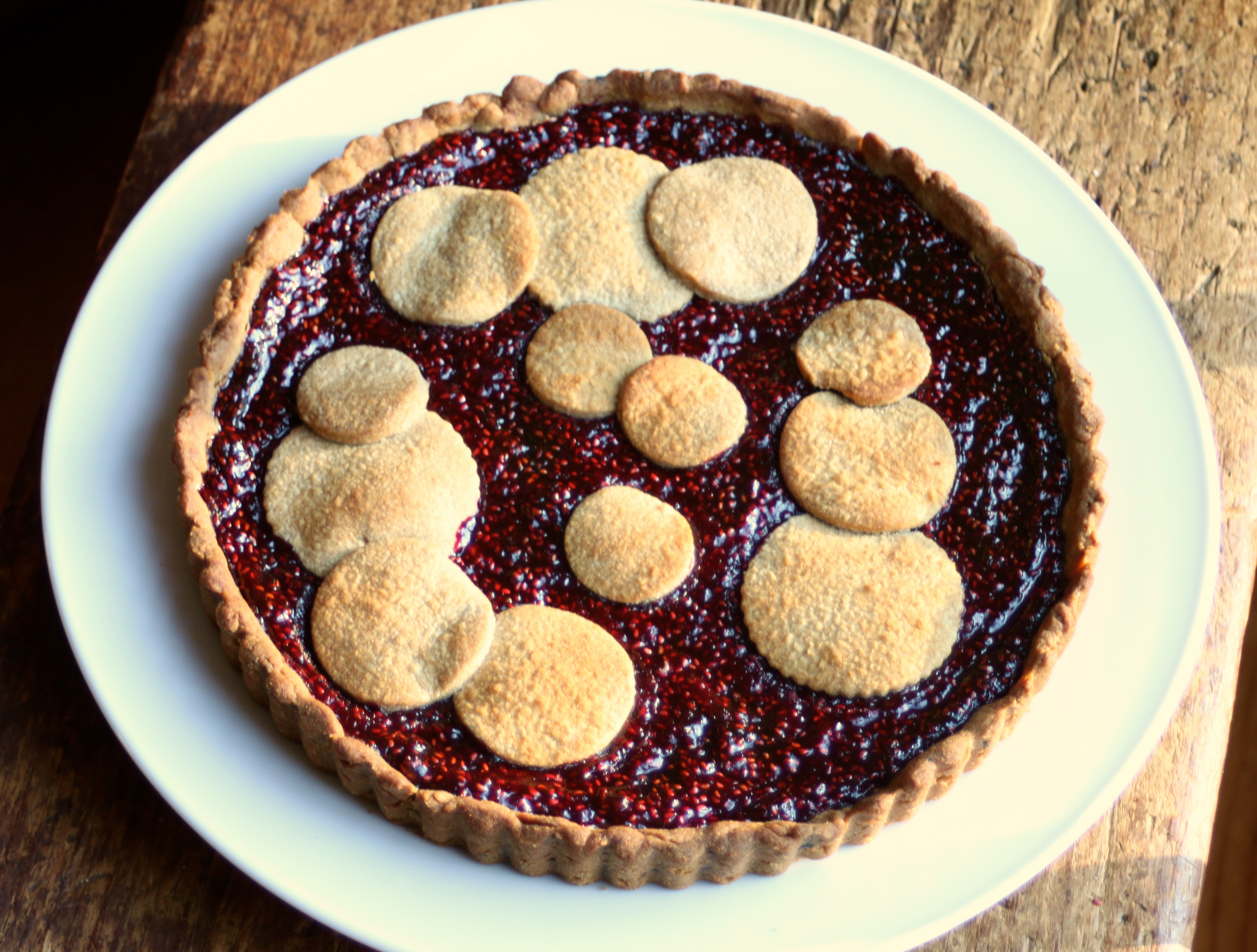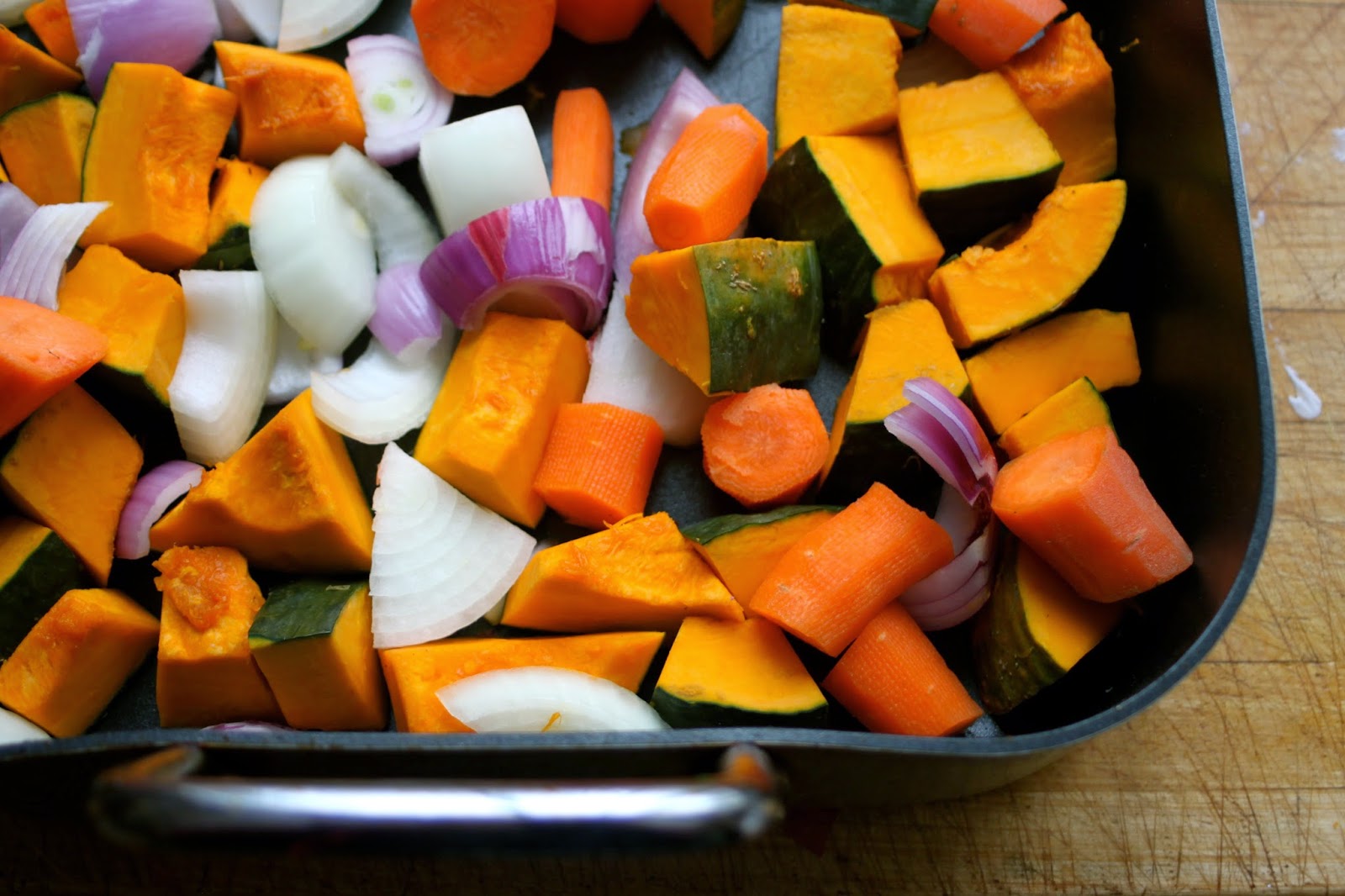
No one can deny that living with a chronic illness is tough. Even those who are healthy themselves, almost always experience the frustration, stress, and burden of having a loved one or friend that is in the middle of a health crisis. At first, it is easy to give encouragement to those who are struggling, yet as the term “chronic” becomes applicable to a given sickness, we as humans tend to slowly become discouraged, discontent, and anxious to get on with life. Therefore, I have decided to start a new series on Beyond the Bite that I am calling “A Daily Dose of Encouragement.” These posts may not come every day, and some weeks I may even fail to post one all together. However, the overall gist of these posts is to spread awareness, perspective, inspiration, and hope to those experiencing similar trials that I am with Chronic Lyme Disease. Despite the fact that being sick is hard, tiring, frustrating, and overall a huge struggle, it is also undoubtedly the best time to grow, learn, and mature as an individual. I pray that these posts will allow you to do just that.
Hope – A word truly key to surviving in life. Without it, getting through the twenty four hour time period termed as a “day”, can seem, and pretty much is, impossible. However, what exactly we are hoping for, is what ultimately makes or breaks the end result. When we hope for material, physical, or earthly things, we are almost always left hope-less. Nothing ever turns out the way we had “hoped or dreamed,” making the act of optimistic thinking seemingly pointless. If you are anything like me, you understand what is like to be hopeful, only to have things turn out the complete opposite of what was planned. Whether in the form of treatment, or simply wishing to wake up without a given symptom, there have (and still are) dozens of times where my hopeful excitement leaves me broken, torn down, and crying out, wondering how I will ever have the strength to find that seemingly distant hope again. Yet because of God, who continually pours out His love, strength, mercy, and grace on me, I am able to get up and tackle a life deemed hopeless by the world’s standards. Instead of trying to find a way out of the current situations myself, I must stop and remember to have faith. Not faith in the limited abilities of man, but faith in God, who knows the future, unseen events of life, and has already ensured that they will work together for good. Regardless of if the relief comes here on earth, or in the form spending eternity with Him in heaven, every trial that I face is merely bringing me one step closer to having all tears, fears, and sufferings being wiped away for good. However, this does not just apply to me, but all individuals who make the choice to trust in God. Therefore, when anyone, regardless of their seemingly helpless circumstance, puts life into this perspective, hope does not seem so impossible after all.
Psalm 31:24 “Be of good courage and He shall strengthen your heart, all you who hope in the Lord.”


